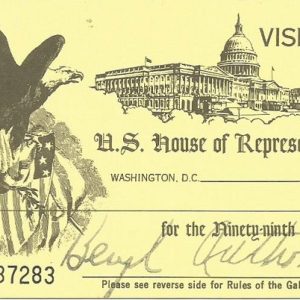 Gallery Pass
Gallery Pass
Entry Type: Person - Starting with G
 Gallery Pass
Gallery Pass
 Gallery Pass
Gallery Pass
 Gallery Pass
Gallery Pass
Gammage, Washington Lafayette
Gammon, John, Jr.
 Dewell Gann Jr.
Dewell Gann Jr.
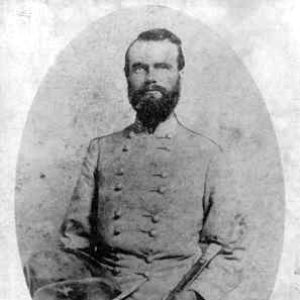 Richard Gano
Richard Gano
Gant, Glenn Rowlett
Gantt, Edward W.
 Edward Gantt
Edward Gantt
 Gar Hole Bar
Gar Hole Bar
Gardner, Virginia
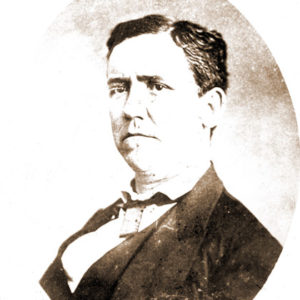 Augustus Garland
Augustus Garland
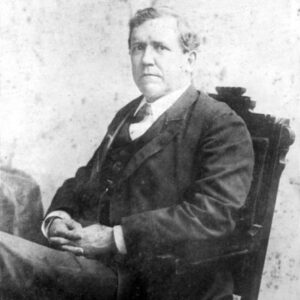 Augustus Garland
Augustus Garland
Garland, Augustus Hill
Garland, Mamie Odessa Hale
Garland, Rufus King
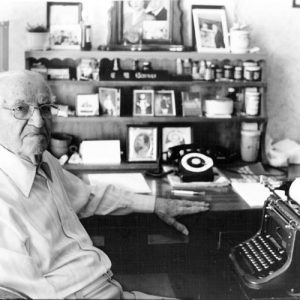 Claud Garner
Claud Garner
Garner, Claud Wilton
Garner, Margaret “Peggy”
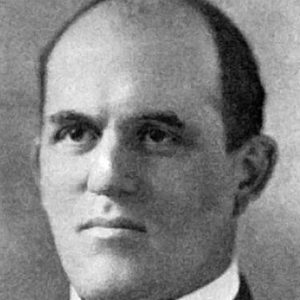 Charles Willis Garrison
Charles Willis Garrison
Garvan, Verna Cook
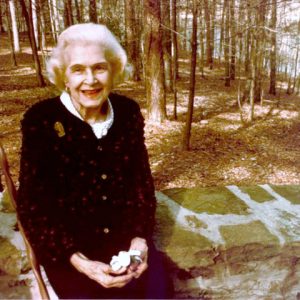 Verna Cook Garvan
Verna Cook Garvan
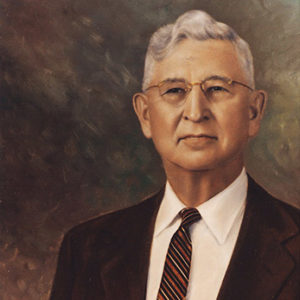 Neal Garver
Neal Garver
Garver, Neal Bryant
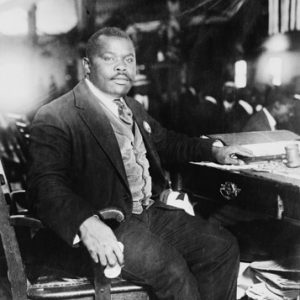 Marcus Garvey
Marcus Garvey
Gaston, James Albert (Jim)
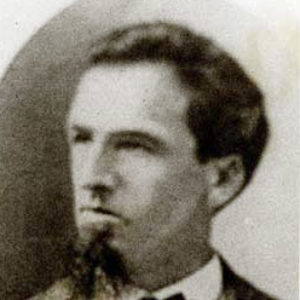 Noah Gates
Noah Gates
Gates, Noah Putnam
Gatewood, Willard Badgett, Jr.
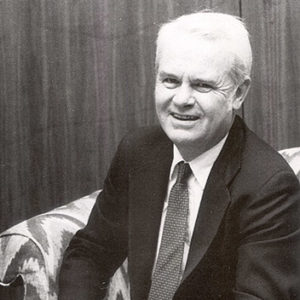 Willard B. Gatewood
Willard B. Gatewood
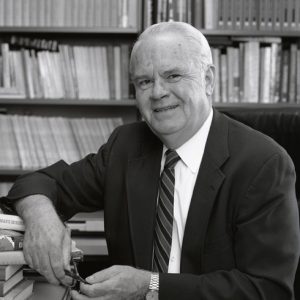 Willard Gatewood
Willard Gatewood
Gathings, Ezekiel Candler “Took”
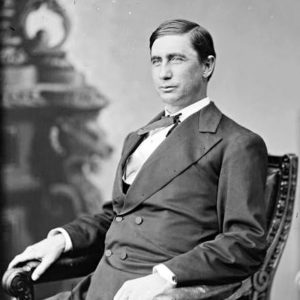 Lucien C. Gause
Lucien C. Gause
Gause, Lucien Coatsworth
Gentry, Thomas Jefferson
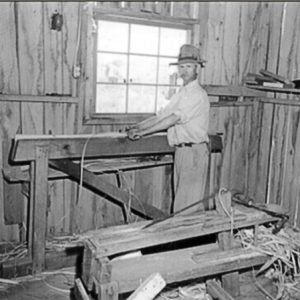 George Gibson
George Gibson
George, Charles Lindbergh
Gerard, Gil
 Gil Gerard
Gil Gerard
Gerber, Jennifer Sue
Gerig, William Lee
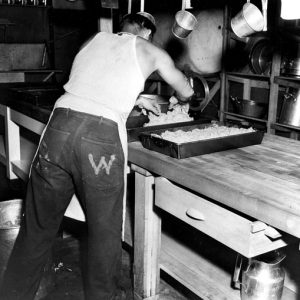 German POW at Camp Chaffee
German POW at Camp Chaffee
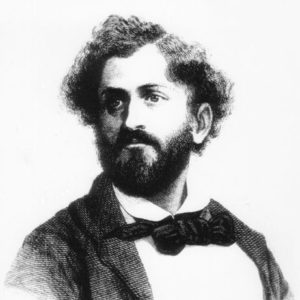 Friedrich Gerstäcker
Friedrich Gerstäcker
Gerstäcker, Friedrich Wilhelm Christian
aka: Friedrich Wilhelm Christian Gerstaecker
aka: Friedrich Wilhelm Christian Gerstacker
Ghostley, Alice Margaret
 Alice Ghostley
Alice Ghostley
Gibb, Frank Wooster
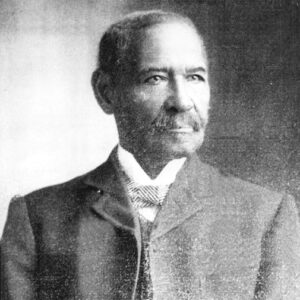 Mifflin Gibbs
Mifflin Gibbs




